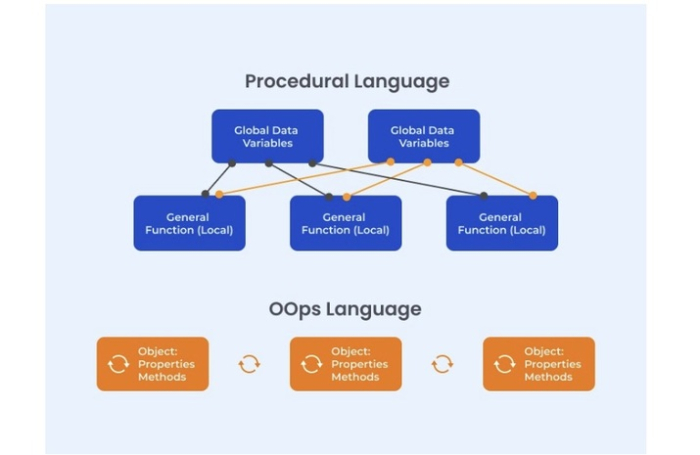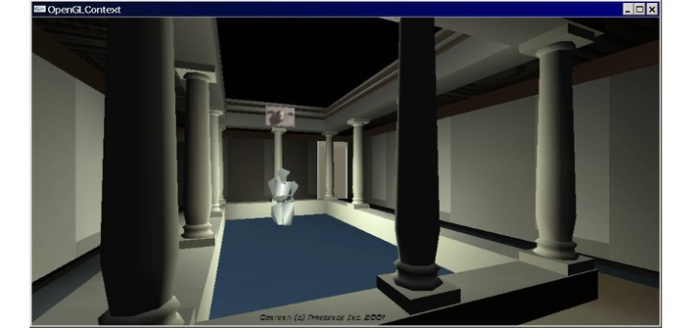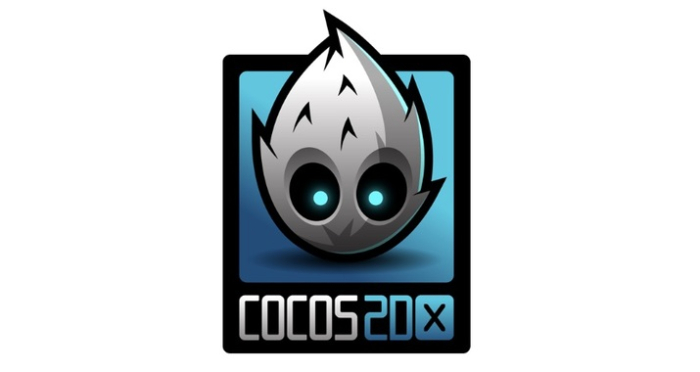
 Data Structure
Data Structure Networking
Networking RDBMS
RDBMS Operating System
Operating System Java
Java MS Excel
MS Excel iOS
iOS HTML
HTML CSS
CSS Android
Android Python
Python C Programming
C Programming C++
C++ C#
C# MongoDB
MongoDB MySQL
MySQL Javascript
Javascript PHP
PHPPhysics
Chemistry
Biology
Mathematics
English
Economics
Psychology
Social Studies
Fashion Studies
Legal Studies
- Selected Reading
- UPSC IAS Exams Notes
- Developer's Best Practices
- Questions and Answers
- Effective Resume Writing
- HR Interview Questions
- Computer Glossary
- Who is Who
Is Python good for developing games? Why or why not?
In this article, we will see if Is Python good for developing games? If yes, what are the primary reasons for it, and if no, what are the reasons?
Python as a game development language has become popular in the entertainment industry. It's not just because Python is popular in other domains of technology or because it's free and open source (though those are both great reasons).
Python is utilized in game development because it is a robust and versatile programming language. It automates many of the most typical activities related to game creation, and there are numerous resources to help you learn how to use it efficiently.
Is Python good for Developing Games?
Python is a fantastic programming language for game development. Python game development has shown to be a perfect solution for developers for speedy prototyping and execution of video games as the gaming industry has grown.
Python's simple and clear syntactic structure differentiates it from other programming languages for game development.
Almost every developer will agree that Python code is simpler to grasp than Java or C code. Python is a popular coding choice among game developers due to its low learning curve.
Python is object-oriented, contains built-in high-level data structures, and enables dynamic type and dynamic binding. Python does allow game creation, although it is not as popular as C++ with DirectX and OpenGL.
PyGame is a developer-friendly and simple-to-use library for creating games. Python is a simple language to learn, so creating games with Python is not difficult.
Reasons why Python is an excellent choice for Game Development.
Simple and clear Syntax
Python's clear syntax is one of the main reasons it is so popular. As a result, the code is simple to read and understand, making it an excellent choice for game creation. Not only is the code simple to read, but it is also simple to write, saving time and effort when developing a game.
Concise syntax aid in the smooth execution of an idea or logic, debugging becomes less difficult, and the flexibility to easily add features makes it a good choice for game development.
Flexible Object Orientation
Flexible object orientation works by assigning attributes/features/properties to a class or type of object. These features are then inherited by other categories derived from them. So, if a programmer wishes to develop an animal-type class, they would first set up some basic features such as eat(), sleep(), and so on, and then any other kinds derived from animals might have the same attributes.
Python is quite versatile in terms of object orientation, which is one of its many strengths. As a result, programmers may simply build new objects and alter old ones without having to write a lot of code. Python is an excellent choice for game development since developers frequently need to generate and update objects on the fly.

Gaming-based Libraries and Frameworks
Python for game creation supports 2D visuals in addition to 3D graphics, making it one of the most popular languages for programming games in general. It has various libraries and frameworks that make game development simple.
Pygame, Pyglet, Kivy, PySDL2, Pymunk, PyOpenGL, PyODE, and many other libraries are widely used in game development. Additionally, a variety of tutorials assist newcomers in their initial stages.
Dynamic Typing
Python's dynamic typing is a big advantage over other languages. As a result, developers do not have to declare variables ahead of time, saving you time and trouble. Dynamic typing aids game creation by allowing for speedier prototyping and testing.
For example, if an idea comes to you in the middle of the night, you can try it out right away because Python does not require type declarations. Python programmers never need to cast variables before using them since all data types are dynamically defined at runtime.
Large Community Support
A supporting community is one of the most crucial things you can have when developing a game. Python has one of the largest and most active programming language communities. If you're stuck on a problem, chances are more someone in the community has faced and solved it before.
Additionally, because of the large community support, you can simply recruit Python engineers at a minimal cost. Furthermore, these tools include a wealth of open-source tutorials and other instructional materials, so even if you don't intend to hire a developer, you'll be able to get started on your project right away.
Artificial Intelligence(AI) Integration Compatibility
The importance of Artificial Intelligence(AI) integration in the gaming business has grown. What if you want to maximize your gaming by using the power of deep learning and other forms of machine learning? Python is an effective AI development tool. Many libraries, such as TensorFlow, Keras, Theano, and others, are specifically created for developers who want to incorporate AI capabilities into their games.
Also, Python may be used on a variety of platforms. As a result, your game can be created on one platform and readily deployed to another. Python is also free and open source, which saves costs even further.
Robust Performance
Importing modules, which allow developers to obtain data from other sources and reuse it in their projects, is a common and influential feature in Python. The module importation function also saves space because a single project does not need to contain all of the data required to work; only the modules needed are imported from other sources and combined with original files.
Python is well-known for its robustness. As a result, your game will be able to handle a large amount of action without slowing down. It comes in handy for creating action-based games since it allows them to process information at the same time without freezing or lagging. The popular Nintendo game Mario Kart 8 Deluxe is a nice example. The game has sold over 45 million copies globally, demonstrating the power of the programming language.
Python Game Development Frameworks
Pyglet
Pyglet is an open-source and cross-platform Python windowing and graphics library. It is a powerful Python toolkit for creating games and other visually appealing programs for Windows, Mac OS X, and Linux.
Pyglet provides windowing, user interface event management, joysticks, OpenGL graphics, image and video import, and audio playback. Pyglet works with Python 3.5+ and other Python interpreters like PyPy.
Features
- Pyglet does not require any external sources or setup.
- It includes a built-in guide for images and audio.
- It handles local windowing that is flexible.
- Pyglet was written in the natural Python language.

Pygame
Pygame is a Python framework for developing multimedia applications such as video games that is free and open source. It is based on the well-known SDL library. C, Python, Native, and OpenGL are all used in this module.
Pygame allows users to utilize Python programming to create full-featured games and multimedia packages. It is incredibly portable and compatible with nearly every platform and operating system.
Features
CPUs are easily accessible.
Pygame makes the best use of C and Assembles code for centre functions.
It is simple to use and portable.
Only a minimum lines of code is needed.

PyOpenGL
PyOpenGL is a popular Python cross-platform binding to OpenGL and related APIs. PyOpenGL's binding is built with the standard ctypes library.
PyOpenGL works with a variety of Python external GUI libraries, including Pygame, PyQt, Raw XLib, and many others.

PyKyra
PyKyra is a robust Python game development framework based on Software and Documentation Localization(SDL) and the Kyra engine.
Along with the core capabilities of the framework, it also supports MPEG video, sound formats, direct image reading, and a lot more.

Kivy
Kivy is a cross-platform, open-source Python toolkit for fast application development that incorporates innovative user interfaces such as multi-touch apps. Kivy is available for Linux, Windows, OS X, Android, iOS, and Raspberry Pi.
It supports the majority of inputs, protocols, and devices. The library is GPU speeded up and includes over 20 highly extensible widgets.

Panda3D
Panda3D is an open-source and free-to-use engine written in Python and C++ for dynamic 3D games, visualizations, simulations, and presentations, among other things. Panda3D has command-line tools for analyzing and optimizing source assets, allowing users to manage and code the content development workflow.

PyOgre
Python-Ogre, sometimes known as PyOgre, is a Python binding of the OGRE 3D engine's C++ library. PyOgre is a cross-platform programming language with a focus on scalability and efficiency. Ogre is a 3D rendering engine written entirely in C++ that has a strong feature set and has been used to create aesthetically spectacular games.

Cocos2d
Cocos2d is an open-source framework built in Python, C++, and Objective C that can be used to create cross-platform GUI-based interactive products such as games.

Conclusion
Renowned games such as Frets on Fire have been created with Python and Pygame. Pygame is once again one of the most popular Python libraries for game development. It has been used to create games by both amateur and professional programmers.

